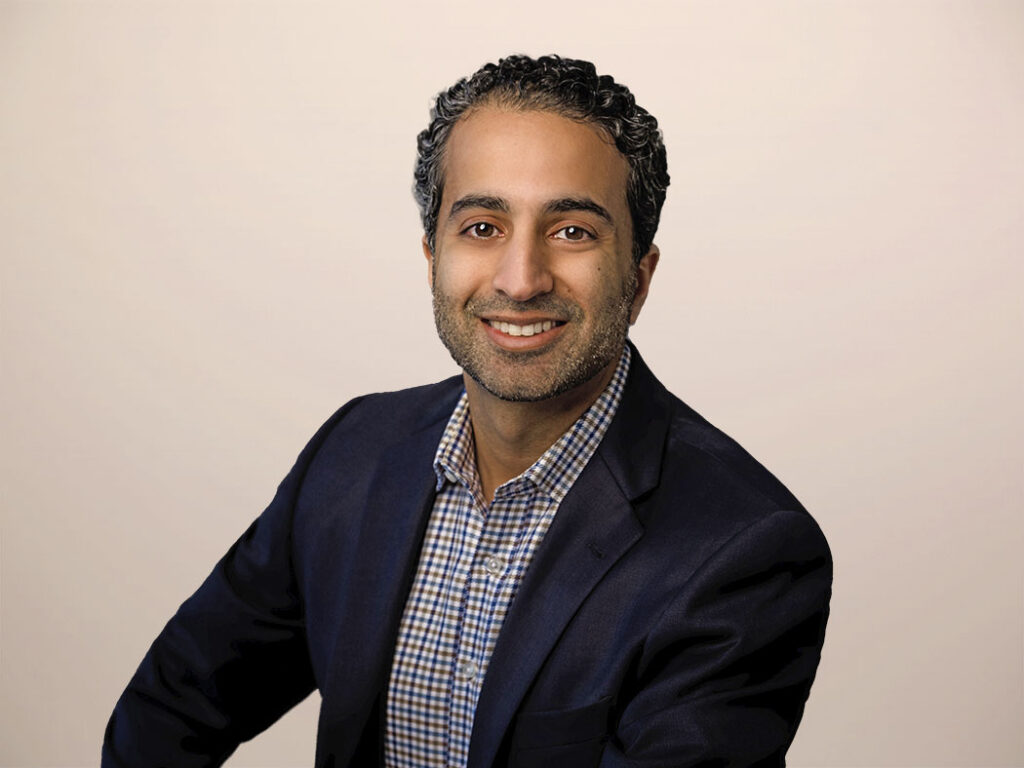Adtech Is Searching For Its Next Oasis
This year, programmatic advertisers face an unusual economic paradox: Ad spend continues to go up, but sellers of programmatic advertising and adtech vendors alike are consolidating and reorganizing in pursuit of efficiency. The stakes (and the same factors that drove real-time bidding adoption in the first place) are high: millions of hours of monetizable consumer attention and $350 billion in US advertising budgets. Meanwhile, privacy regulations, deprecation of browser data, and the growing consumer perception that programmatic ads are a nuisance continue to weigh on budget increases and investor appetite for adtech holdings.
These market trends impact the advantages and opportunities at every level of the advertising ecosystem:
- Publishers: The pendulum is swinging back in your favor; don’t waste this moment. As more brands seek direct relationships with publishers to mitigate the impact of data deprecation, content owners will drive up subscription costs or increase the saturation of ads until they reach or surpass consumer tolerance. The best supply partners will provide attribution and measurement solutions and flexible ways to interact with responsibly collected first-party data using clean rooms.
- Device-makers: You’re now critical to the distribution of IP — use this to command higher bid premiums. Device-makers maintain the integrity and stability of devices and often operating systems (OSes) and app stores — all of which are critical for content to reach consumers. Bid requests originating from attested devices, OSes, and browsers are worth more than unknown, untrusted, or unsigned ones. As a bonus, propagating attestation signals reduces ad fraud and limits potential spoofing of your users and devices.
- Supply-side platforms (SSPs): With great selling power comes greater brand safety responsibility. As direct buys regain popularity, it will become the SSP’s responsibility to protect brands from unsafe, unsuitable, unviewable, and fraudulent placements. Buyers and sellers seeking enablement partners will compare SSPs based on their unique integrations, partnerships, and overall responsiveness.
- Ad buyers: The data divide feels wider than ever — leverage trust to bridge it. Although power is returning to the sell side, the buy side still has time to experiment with privacy-safe cookie alternatives. If deployed intentionally, they’re shown to be nearly as effective as cookies and IP addresses that are ripe for abuse. Similarly, leveraging consented first-party data from trusted publishers will open up new opportunities — many are partnering with accredited third-party measurement vendors, and even e-commerce vendors, to provide richer, unbiased attribution.
This isn’t exactly breaking news, but these issues have renewed importance as regulators approach with voracious appetites and sharpened cutlery. So the next question is: Where do we go from here? The groundwork is already being laid: Everyone is focused on building a foundation of first-party data; Google and its Chrome browser are finally taking privacy tech beyond the confines of a “sandbox”; more brands are testing “privacy-safe technologies” such as data clean rooms; and in-market solutions for malicious and deepfake ads can potentially mitigate issues at enterprise scale.
Over the next six months, I’ll be diving into where the industry is going next, exploring trends and best practices for buyers and sellers alike as well as the implications to the adtech ecosystem. Planned research areas include malicious and otherwise bad ads; unresolved ad quality, viewability, and brand safety issues; and the impacts of sustainability investing and generative AI on programmatic advertising. If you’d like more information about my research, please reach out to set up an inquiry or guidance session.
